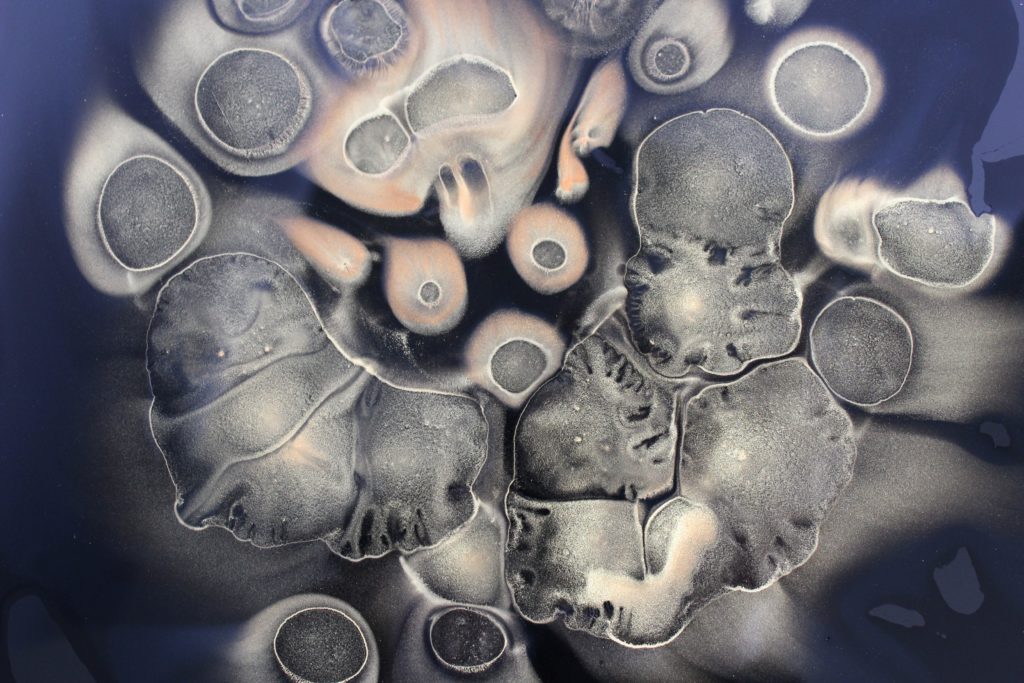 Intelligent Design
Intelligent Design
 Life Sciences
Life Sciences
Peer-Reviewed Scientific Paper by Michael Behe Challenges “Gain of Function” Mutations in Molecular Evolution

Michael Behe has published a peer-reviewed scientific paper in the journal Quarterly Review of Biology titled “Experimental Evolution, Loss-of-Function Mutations and ‘The First Rule of Adaptive Evolution’,” arguing that “the most common adaptive changes seen … are due to the loss or modification of a pre-existing molecular function.”
The observation that a particular type of molecular change involves loss-of-function has been used by leading evolutionary biologists as argument against that particular mechanism as being an important force for adaptive evolutionary change. In a 2007 article in the journal Evolution, Hopi E. Hoekstra and Jerry Coyne co-authored a review article critiquing cis-regulatory mutations as a mechanism of evolution, stating, “Supporting the evo devo claim that cis-regulatory changes are responsible for morphological innovations requires showing that promoters are important in the evolution of new traits, not just the losses of old ones.” This is a sound argument: at some point, any important genetic mechanism of evolution must be shown to have the ability to generate new function rather than eliminating function.
Behe’s argument is going in a similar direction, except his argument applies not just to a limited class of mutations in cis-regulatory elements, but to mutations in an extremely broad class of genetic elements, which he calls Functional Coded ElemenTs (FCTs). According to Behe, an FCT is defined as “a discrete but not necessarily contiguous region of a gene that, by means of its nucleotide sequence, influences the production, processing, or biological activity of a particular nucleic acid or protein, or its specific binding to another molecule.” FCTs are an extremely broad category of DNA and they include:
-
- promoters;
- enhancers;
- insulators;
- Shine-Dalgarno sequences;
- tRNA genes;
- miRNA genes;
- protein coding sequences;
- organellar targeting- or localizationsignals;
- intron/extron splice sites;
- codons specifying the binding site of a protein for another molecule (such as its substrate, another protein, or a small allosteric regulator);
- codons specifying a processing site of a protein (such as a cleavage, myristoylation, or phosphorylation site);
- polyadenylation signals; and
- transcription and translation termination signals
(Michael J. Behe, “Experimental Evolution, Loss-of-Function Mutations and ‘The First Rule of Adaptive Evolution’,” Quarterly Review of Biology, Vol. 85(4) (December, 2010).)
Behe argues that we do not generally observe the evolution of new adaptive FCTs in the laboratory. Rather, when we observe adaptive evolutionary changes in the laboratory, they typically involve loss of function or modification of FCTs. This leads to the question, How do new adaptive FCTs arise? In two subsequent posts, I will discuss Behe’s review of FCT evolution in bacteria and viruses, as well as the implications he draws from that data.
Reference Cited:
Hopi E. Hoekstra and Jerry A. Coyne, “The Locus of Evolution: Evo Devo and the Genetics of Adaptation,” Evolution, Vol. 61-5: 995–1016 (2007).
